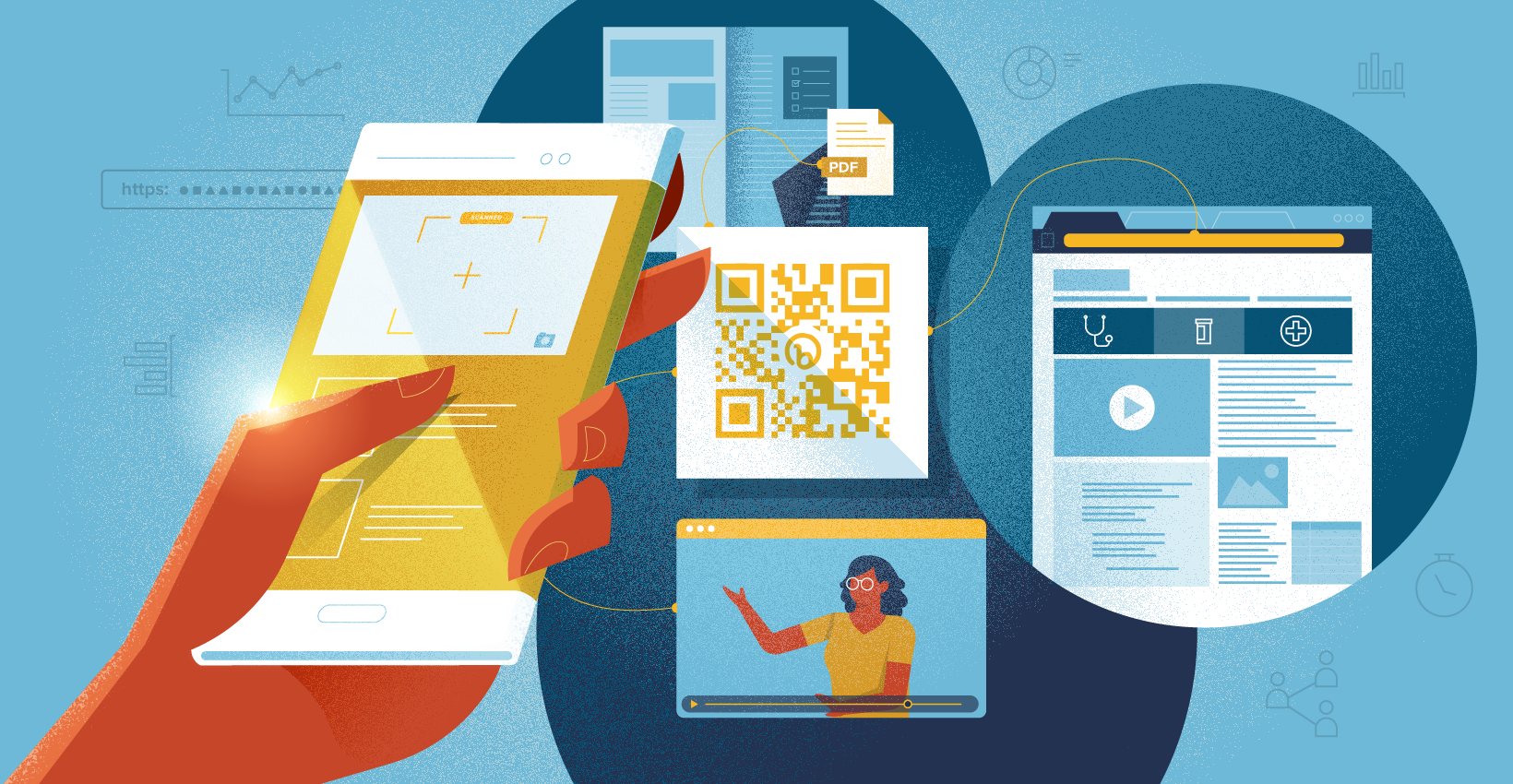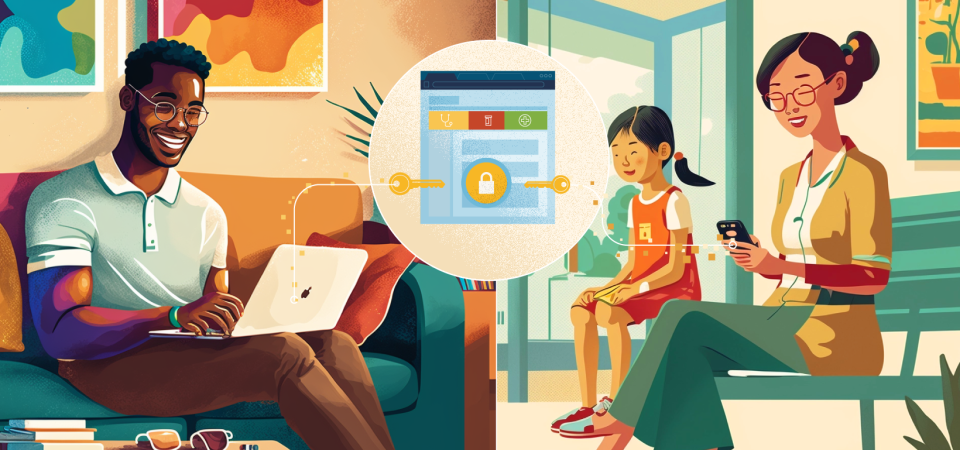
HR teams have noticed that QR codes have gone from a trendy nuisance to an invaluable communications tool. Here are 4 ways QR codes are being used in HR right now.
The once-maligned Quick Response code has enjoyed a resurgence over the past few years. Restaurants, retailers, and even healthcare organizations have found a way to effectively incorporate QR codes into their operations and marketing. Plus, it doesn’t hurt that consumers can scan them directly from their phone’s camera instead of needing a dedicated app.
With this newfound popularity, QR codes are also becoming a useful tool for HR teams needing to bridge their physical and digital offerings.
Employee Check-in and Out
There are location and visitor management apps like SafeSite Checkin using QR codes to offer touchless check-in and out services replacing paper sign-in books. These apps can also discretely transmit and receive health screening data, so employees can be notified about changing building policies or privately submit their vaccination status. Plus the occupancy data (e.g. when and for how long were workers on site) can be useful for site security and resource management purposes. According to David Ward, CEO of Safe Site Check In,
“HR now has a real-time view of who is in the workplace should an incident arise and has the historical data necessary to take appropriate action.”
Recruitment
An essential component of HR’s portfolio is recruitment. While using QR codes isn’t enough to make the recruitment process better, being able to post QR codes on a variety of surfaces does get your recruitment pitch in front of a lot of eyes. Since that compact bundle of shapes can link to an entire landing page worth of content and interactivity, QR codes are handy communication devices where time and space are limited. Nancy Meyer, of ExactHire recommends putting recruitment QR codes linked to relevant job information on flyers, signage, business cards, transportation, and even receipts. Of QR codes’ multiple benefits, Meyer states,
“QR codes …[help] employers track the effectiveness of recruitment marketing strategies, like print and other display content. And it simplifies the application process by giving job seekers the power to conveniently apply on mobile devices, giving them a way to “apply on the fly”.”
Benefits Communications
It’s the QR code’s ability to make accessing vast amounts of information quick and easy, that makes it such a useful tool for benefits communication. Now, employees can get important benefits information housed in microsites from a simple postcard. Chris Hopkins, of employee communications and marketing agency Caburn Hope, wrote about using QR codes to enhance an internal communications campaign about changes to one of their client’s pension plans. The code was printed on a brochure that introduced the changes and linked to an interactive modeler employees could use to see how those changes would affect them.
Learning & Development
QR codes can link to a whole host of other content types, not just text. So savvy employers can post QR codes that link to relevant training materials in the areas where they’d most be needed.
For example, software company GoCodes writes on its blog, “posting QR codes linking to training materials regarding machines and tools can be placed outside assembly lines…”
In our next post, we’ll cover 2 of the biggest mistakes we see HR communicators making when they deploy QR codes.





